Ze strony Irlandzkiego MSW:
Jazda w Gruzji może być pełna temperamentu - nieprzewidziane manewry, niespodziewane wyprzedzanie i prędkość nie są
niczym niezwykłym.
Piesi powinni ćwiczyć uwagę nawet na przejściu, ponieważ
samochody dość często nie zatrzymują się. Wiele dróg w Gruzji jest słabo
oświetlonych i może być źle oznaczona.
O ile to możliwe zalecamy unikanie podróżowania
w nocy.
Trudno się z tym nie zgodzić.
--
Jedziemy na południe w stronę tureckiej granicy.
Na horyzoncie góry, dokoła nas pagórkowaty
step a po prawej stronie kilkadziesiąt metrowe urwisko i spienione wody rzeki Mtkvari.
Kierowca na każdym prostym odcinku rozpędza starego Forda Transita III na
najwyższe obroty, a przed zakrętami stara się nie hamować, zwalnia zdejmując nogę z gazu. Łuki ścina w iście rajdowym stylu. Silnik rzęzi i klekocze a w
jego rytm wibruje karoseria, cienko popiskują niedokręcone siedzenia.
Po 15
minutach jazdy zaczynają boleć nas ręce. W miejscach w których z całej siły
trzymamy się siedzeń i zagłówków współpasażerów, tapicerka jest wytarta i czarna
od brudna. Na pewno nie był to pierwszy taki kurs naszego kierowcy.
Na każdym
zakręcie kobiety głośno wzdychają i stękają, a mężczyźni po przez wpół
przymknięte oczy wpatrują się przed siebie i nie zdradzają żadnych emocji.
My jesteśmy
przerażeni.
Na przednim siedzeniu siedzi młoda kobieta z malutkim
dzieckiem na kolanach.
Przed nami
jeszcze co najmniej godzina drogi. Innej możliwości dojazdu w ten rejon niema.
--
--
W porównaniu do
krajów Europy zachodniej i byłego Związku Radzieckiego, gruzińskie drogi należą
do jednych z najniebezpieczniejszych. Statystycznie każdego roku na 100.000
mieszkańców w wypadkach drogowych ginie 16 osób. W tym smutnym rankingu przed
Gruzinami prowadzi tylko Armenia (18), Rosja (18), Kirgistan (19) i Kazachstan
(22).
Całą winą za taki
stan rzeczy można by obarczyć słabą infrastrukturę 20247 kilometrów gruzińskich dróg,
a także stan techniczny pojazdów. Bo ponad
73% maszyn na drogach ma co najmniej 16 lat. Praktycznie każde auto nowe czy stare
ma ślady kolizji i napraw, a co drugi pojazd rozbitą przednią szybę .
Jednak największym
niebezpieczeństwem na drodze są sami kierowcy. Ich kaukaska porywczość i niechęć do
podporządkowania się przepisom jest przyczyną ponad 75% wypadków. Główne grzechy to nadmierna prędkość (36%), wymuszenie pierwszeństwa i nielegalne wyprzedzanie.
Piesi również nie mają łatwego życia. W roku 2007 ponad 37% wypadków śmiertelnych było z udziałem pieszych. Standardem jest nie nieustępowanie pierwszeństwa na pasach.
------------------------------------------------------------------------------------------------------------------------------------------------------------------------------------------
From the Irish Ministry of Foreign affairs website:
Driving in Georgia can be quite erratic with unpredictable maneuvers, sudden overtaking and speeding is also nothing uncommon.
Pedestrians should exercise their attention even at marked pedestrian crossings, as of the fact, that cars often do not stop. Many roads in Georgia are poorly lit and wrongly marked. If possible, we recommend avoiding traveling at nights.
It is hard not to agree with that.
--
We drive south, direction to the Turkish border. On the horizon mountains and hilly steppe surrounds us. On my right hand side is a sharp cliff, few dozen meters deep and loud foaming waters of the river Mtkvari. Every possible meter of straight road, driver accelerates his old Ford Transit III at the highest speed.
In curves he tries not to break, instead he just releases the accelerator pedal to slow down. He cuts the turns in true racing style. Whole car wheezes and vibrates in the rhythm of the rattle diesel engine; untightened seats thinly squeak.
After 15 minutes of driving, our palms start to hurt. In spots where we hold to the seats and head restraints with all our strength, the upholstery is worn out and black from dirt. This is certainly not such a first ride of our driver.
At every turn, women sigh and groan loudly. Men with the eyes half-closed stare straight ahead and try to not betray any of their emotions. We are scared. In the front seats, sits a young woman with a little baby on her lap. We still have at least one hour to go. Other option of access in this area does not exist.
--
Georgian roads are one of the most dangerous in comparison to the countries of Western Europe or the
former Soviet Union. Statistically, in average, every year per 100,000 inhabitants there is 16 fatal traffic accidents. In this sad ranking Georgia is only behind countries as Armenia (18), Russia (18), Kyrgyzstan (19) and Kazakhstan (22).
The entire blame could be dropped on the poor infrastructure of 20,247 km of Georgian roads and their vehicle condition. Over 73% of used vehicles are at least 16 years old. Practically each car, new or old has traces of a collision or repair, and every other vehicle is decorated with a smashed front windshield.
However, the greatest danger on the road is caused by drivers themselves. Their Caucasian temperament and unwillingness to comply the law, causes more than 75% of the road accidents. The main causes represent excessive speed (36%), illegal overtaking and road signs ignorance.
Pedestrians also do not have an easy life. In 2007, over 37% of fatal car accident involved pedestrians. Drivers standardly do not stop at the pedestrian crossings in fact.
Piesi również nie mają łatwego życia. W roku 2007 ponad 37% wypadków śmiertelnych było z udziałem pieszych. Standardem jest nie nieustępowanie pierwszeństwa na pasach.
------------------------------------------------------------------------------------------------------------------------------------------------------------------------------------------
From the Irish Ministry of Foreign affairs website:
Driving in Georgia can be quite erratic with unpredictable maneuvers, sudden overtaking and speeding is also nothing uncommon.
Pedestrians should exercise their attention even at marked pedestrian crossings, as of the fact, that cars often do not stop. Many roads in Georgia are poorly lit and wrongly marked. If possible, we recommend avoiding traveling at nights.
It is hard not to agree with that.
--
We drive south, direction to the Turkish border. On the horizon mountains and hilly steppe surrounds us. On my right hand side is a sharp cliff, few dozen meters deep and loud foaming waters of the river Mtkvari. Every possible meter of straight road, driver accelerates his old Ford Transit III at the highest speed.
In curves he tries not to break, instead he just releases the accelerator pedal to slow down. He cuts the turns in true racing style. Whole car wheezes and vibrates in the rhythm of the rattle diesel engine; untightened seats thinly squeak.
After 15 minutes of driving, our palms start to hurt. In spots where we hold to the seats and head restraints with all our strength, the upholstery is worn out and black from dirt. This is certainly not such a first ride of our driver.
At every turn, women sigh and groan loudly. Men with the eyes half-closed stare straight ahead and try to not betray any of their emotions. We are scared. In the front seats, sits a young woman with a little baby on her lap. We still have at least one hour to go. Other option of access in this area does not exist.
--
Georgian roads are one of the most dangerous in comparison to the countries of Western Europe or the
former Soviet Union. Statistically, in average, every year per 100,000 inhabitants there is 16 fatal traffic accidents. In this sad ranking Georgia is only behind countries as Armenia (18), Russia (18), Kyrgyzstan (19) and Kazakhstan (22).
The entire blame could be dropped on the poor infrastructure of 20,247 km of Georgian roads and their vehicle condition. Over 73% of used vehicles are at least 16 years old. Practically each car, new or old has traces of a collision or repair, and every other vehicle is decorated with a smashed front windshield.
However, the greatest danger on the road is caused by drivers themselves. Their Caucasian temperament and unwillingness to comply the law, causes more than 75% of the road accidents. The main causes represent excessive speed (36%), illegal overtaking and road signs ignorance.
Pedestrians also do not have an easy life. In 2007, over 37% of fatal car accident involved pedestrians. Drivers standardly do not stop at the pedestrian crossings in fact.
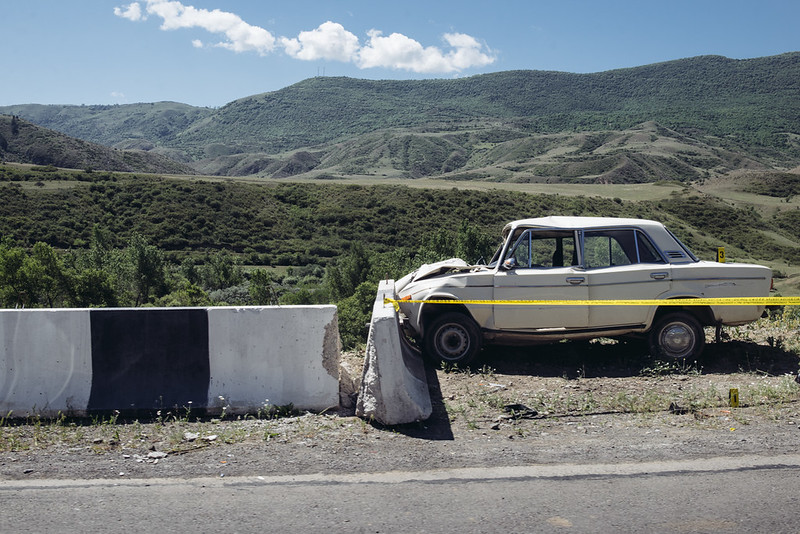
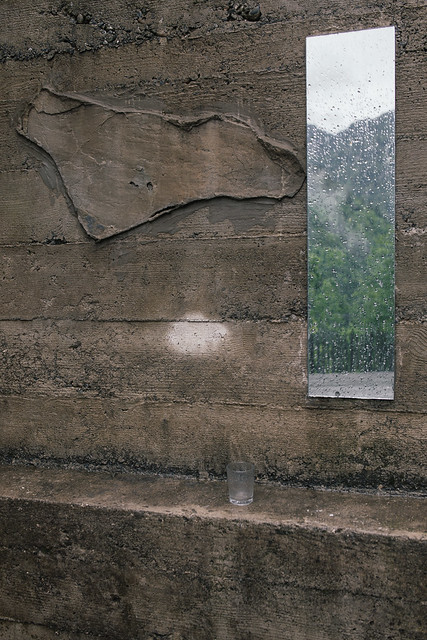


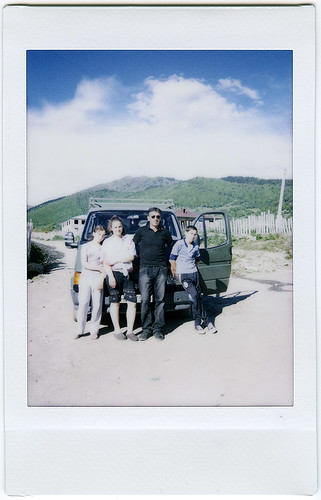


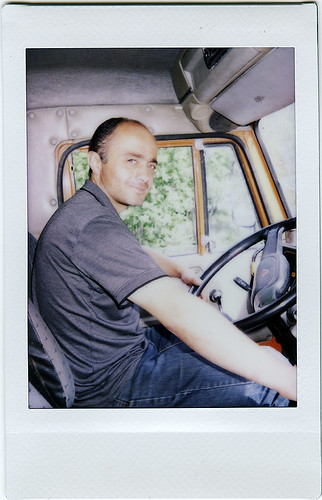
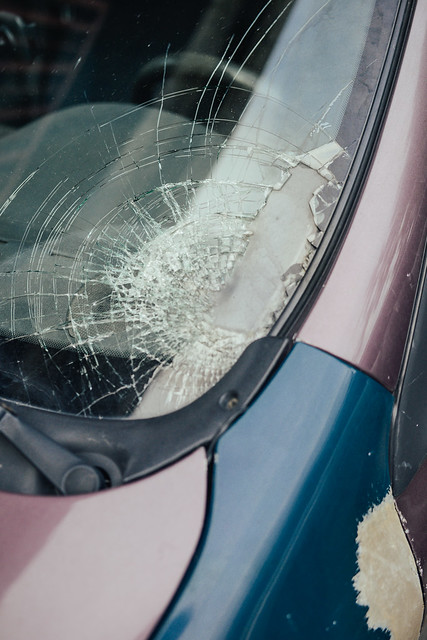
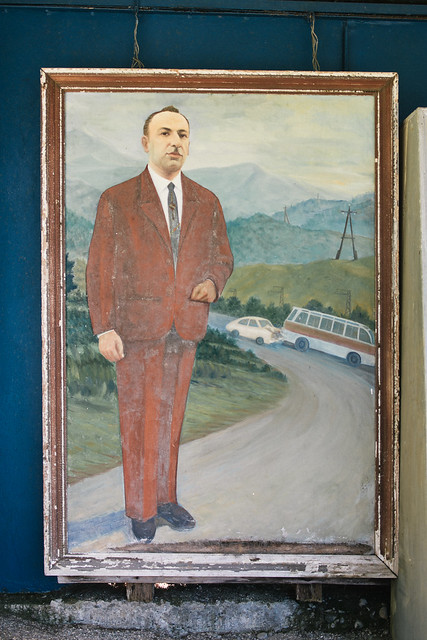
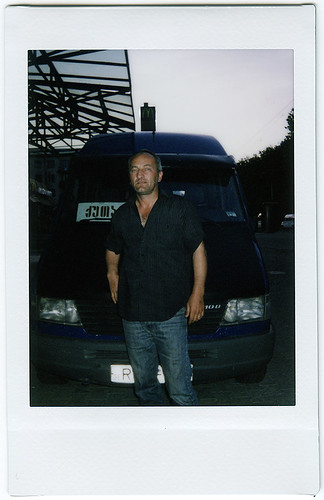

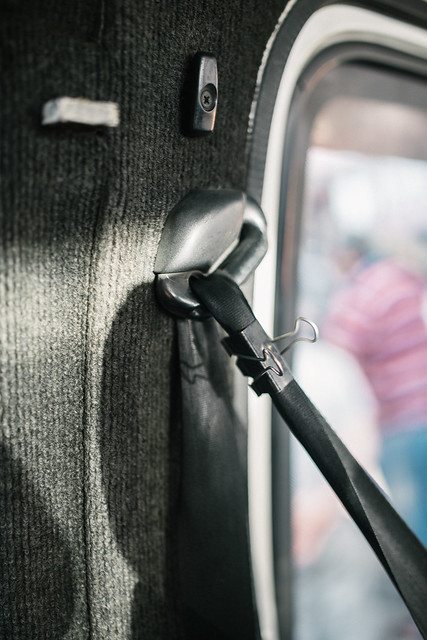

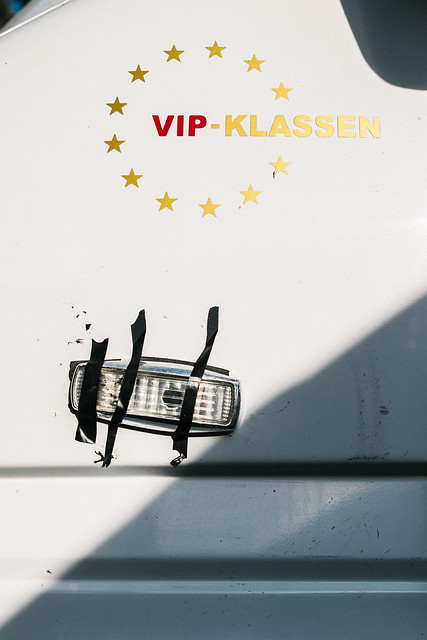

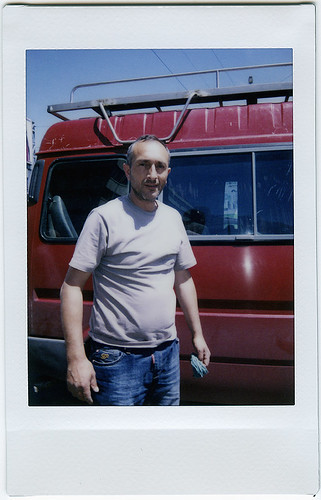
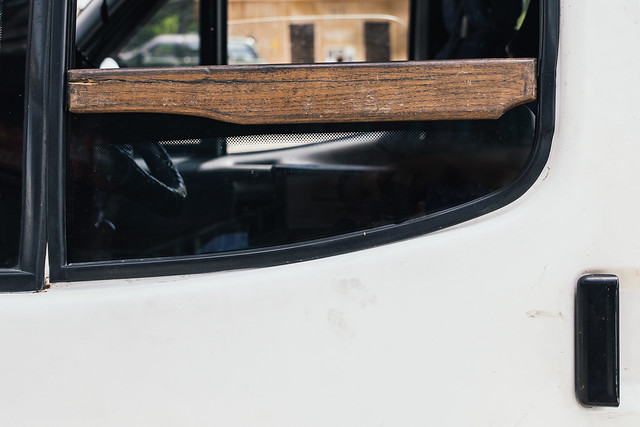
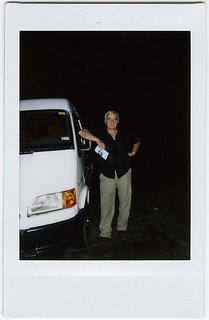
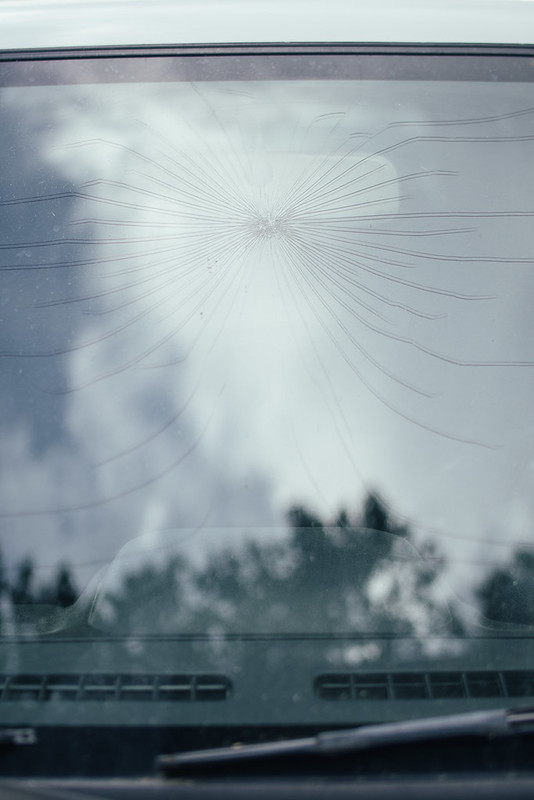

1 comment:
so so good! i' m totally in love with your pictures!!!! carry on!
Post a Comment